Just like in any community, there are subsets of the plant community. You have growers who love hoyas, bonsai trees, or orchids exclusively. Then, there are some plant lovers who just can't resist the spikey adorableness that cacti bring to the table. What's even better are the mini cacti you can now find at almost any grocery store or garden center. If you find yourself drawn to these tiny plants and are wondering how to best care for them, you've come to the right place. Keep reading to learn the ins and outs of mini cactus care.
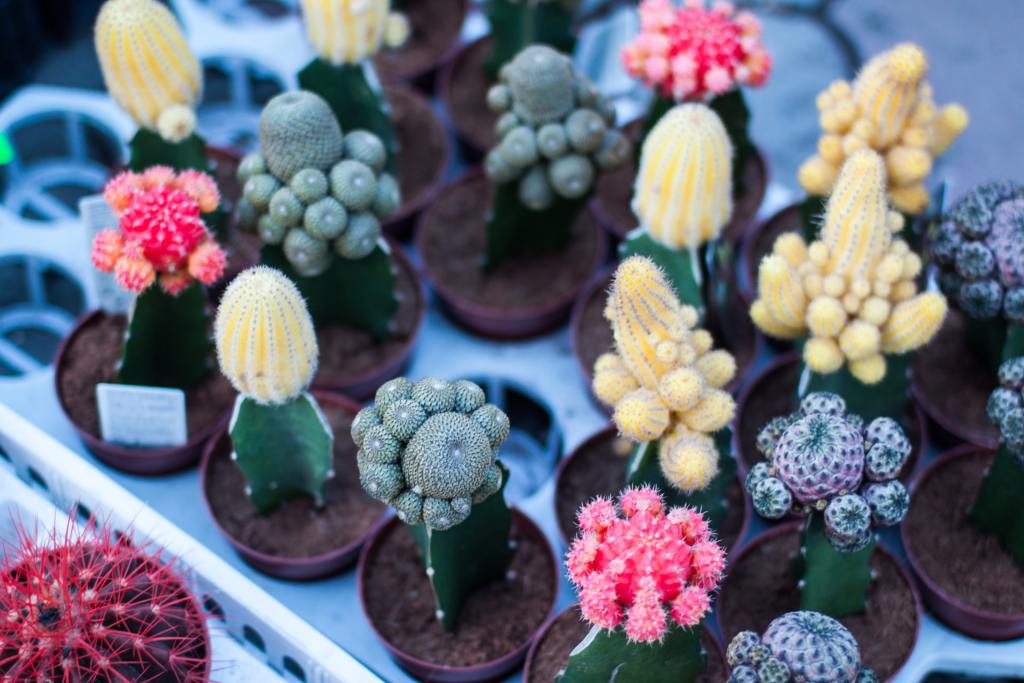
What are tiny cacti called?
Mini cacti are called many different things. These smaller versions come in a wide range of colors, shapes, sizes, and varieties, so there isn't just one name for these cute plant babies. However, if you're wondering what the specific name is for the little cacti you have in your home, try taking a picture of it and identifying it through one of the many plant apps out there. You can even take a picture of it on an iPhone and scroll up to identify it with an image search.
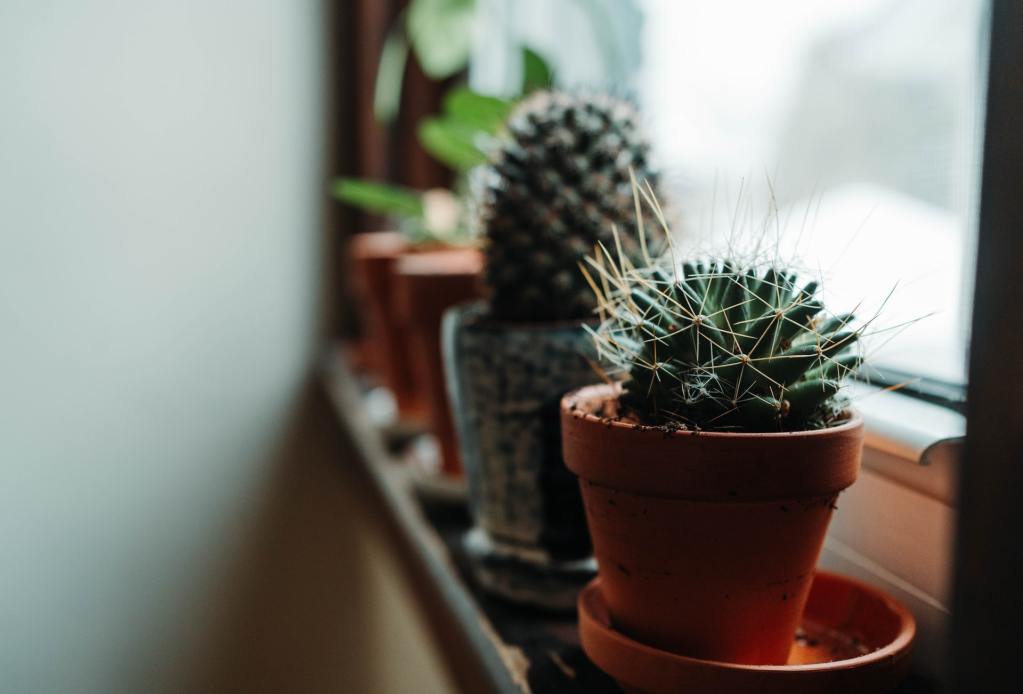
How do you take care of a mini cactus?
Luckily, cacti all have about the same care requirements, so your mini cacti forest can be cared for in the same way as a full-sized cactus garden. Unfortunately, many people believe this makes cacti low maintenance.
At the end of the day, mini cacti often need more care than growers think, so it's best to educate yourself when you start your cacti collection so you can make sure they have what they need to thrive.

Watering
It's a misconception that cacti don't need to be watered. While your cactus might survive this treatment, it's not going to thrive. With that said, just a few steps can ensure that your cactus gets the right amount of water.
Step 1: Use a moisture meter or stick your finger into soil to determine how dry the soil is.
Step 2: If your soil is moist, leave it alone. If not, deeply water your cactus.
Step 3: Let the excess water drain out, then put the cactus back on its tray.
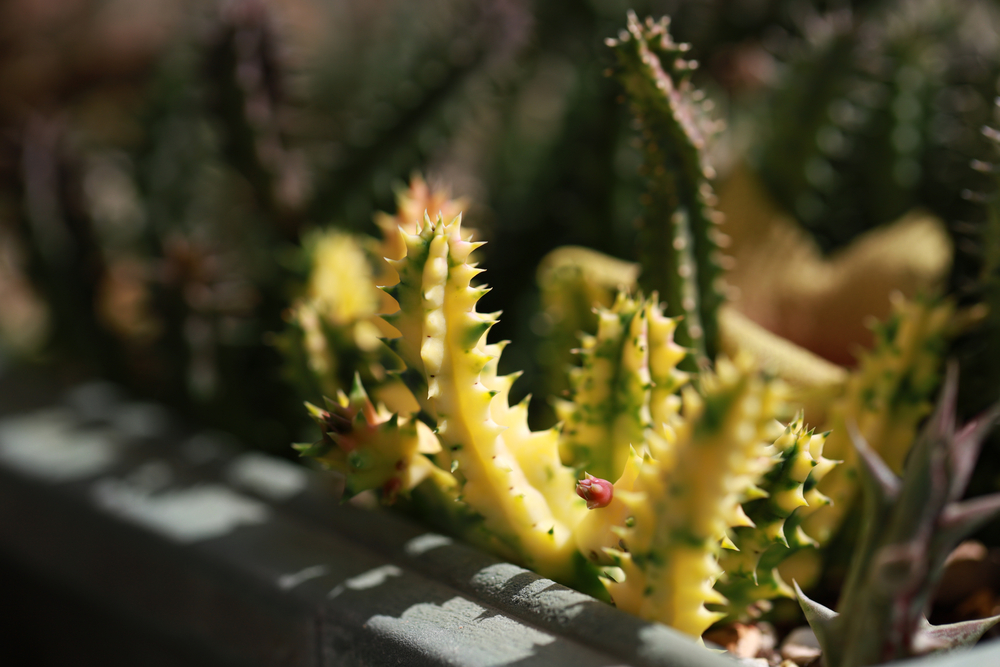
Lighting
Another misconception about cacti is they want bright direct sunlight all day. This again isn't the case, especially for mini cacti. These smaller cacti typically grow next to and in the shade of larger cacti or other desert plants, so they can't take as much intense light. You'll want to take a more measured approach when considering how much light your plant needs.
Step 1: Give your mini cactus about 4 hours of direct sunlight a day.
Step 2: Keep an eye on your plant's color. If you notice your cactus losing its color, that's probably a sign that it's getting too much sun. Give it shade or pull it away from your window.
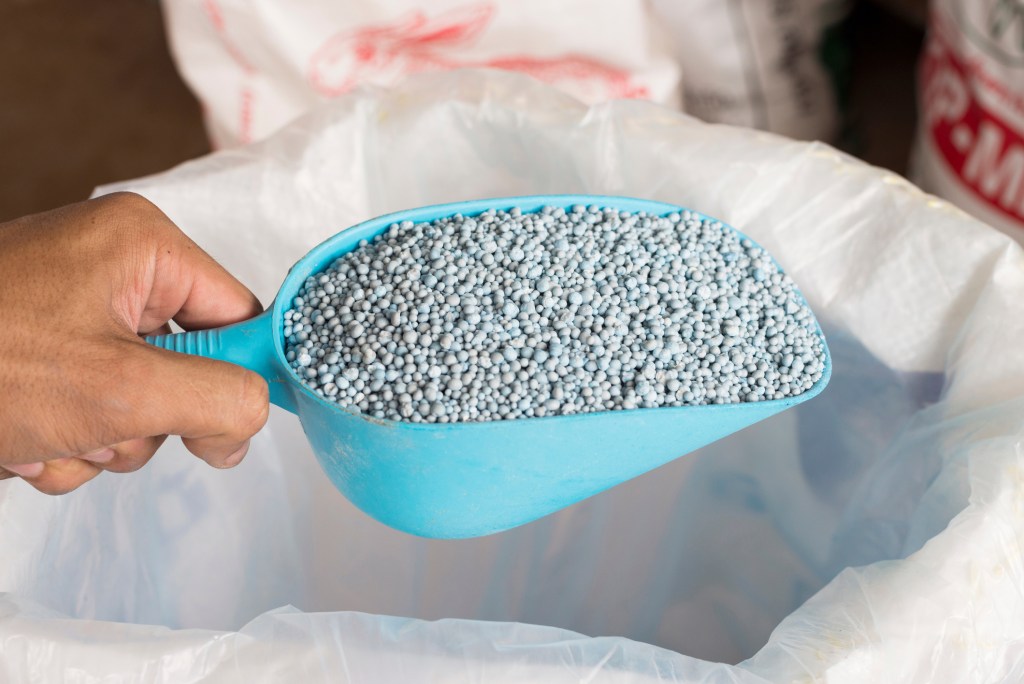
Fertilizing
Cacti are low feeders and thrive on a balanced fertilizer applied twice a year during the growing season. Overfeeding can be devastating to a mini cactus, so make sure not to overdo it, especially during the winter.
Step 1: Fertilize your mini cactus once at the beginning of the growing season.
Step 2: Fertilize it again near the middle to end of the growing season. If you forget a feeding, the cactus will be fine until next season.
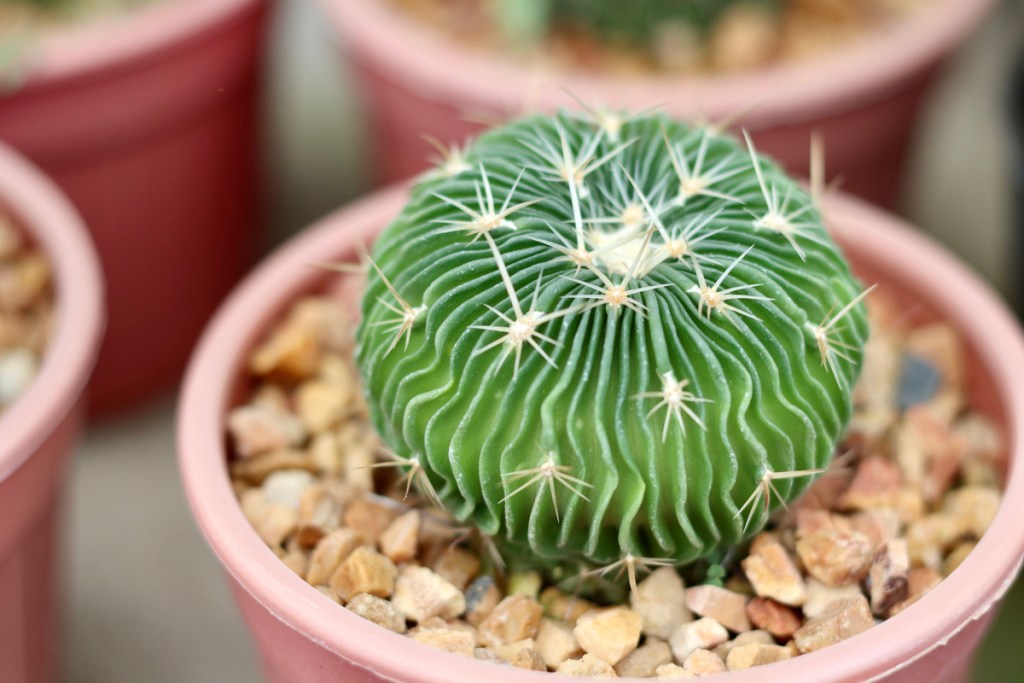
Temperature
Surprisingly, cacti are pretty hardy to temperature changes down to 45 degrees. However, they are susceptible to dramatic temperature dips, so keep this in mind as you find the right area for them.
Step 1: Find a warm, sunny area to set your mini cactus.
Step 2: Make sure your mini cactus isn't near a drafty window or door, a heating vent, or in a room without temperature control.

Toxicity
Eating a cactus won't harm cats, dogs, or humans, but getting past those sharp spines is the bigger problem. If you have little ones that might be tempted to touch a cactus, you'll want to be careful about where you place your mini cactus. The spines can not only hurt but can also become stuck in the skin and cause potential infections.
Step 1: Make sure your cactus is potted up firmly in a planter so it can't tip over.
Step 2: Put your plant in a place where pets and small humans can't reach it.
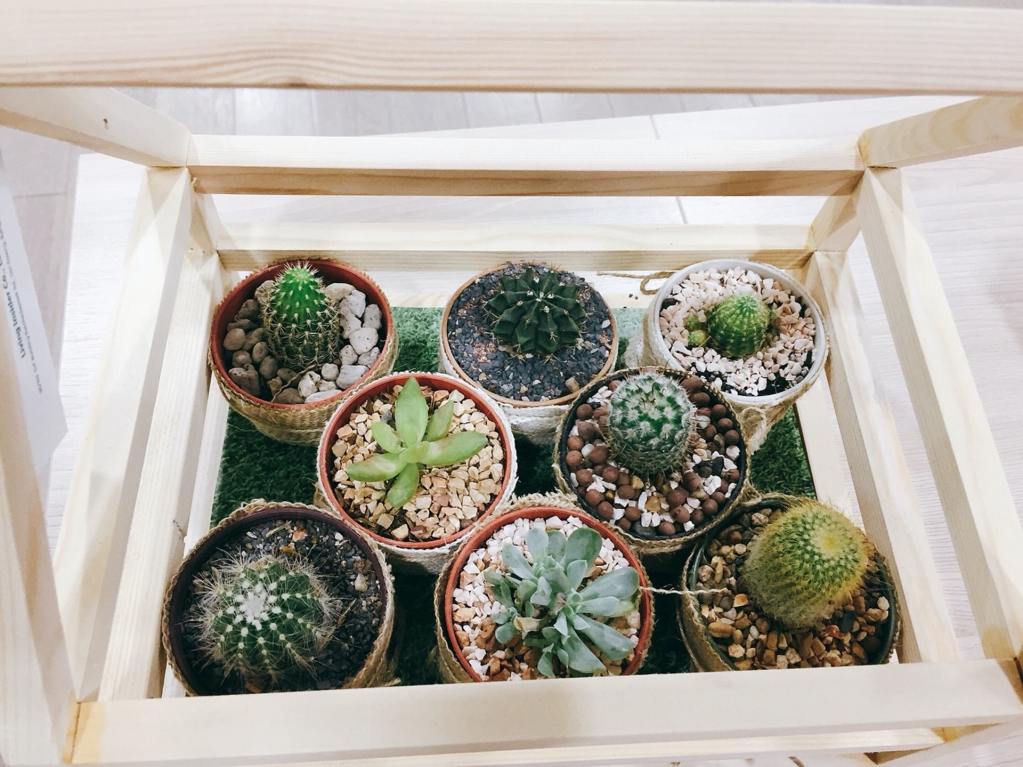
Do mini cacti get bigger?
Depending on the variety of mini cactus you have, it can, of course, grow bigger. However, most of these smaller varieties aren't going to grow to the same heights as the saguaros in Arizona. Your mini cactus might eventually get a few inches taller, but it's not likely that it'll grow into a giant size.
Collecting mini cacti is a fun hobby, especially since they're so small. There are so many different shapes, colors, sizes, and flowering varieties that you could end up with a mini forest of cacti in your home. Just be sure to provide them with good light and enough water while keeping them away from tiny hands and paws!
Editors' Recommendations
- Everything you need to know about trailing succulents care for lush, thick growth
- How to pick the perfect orchid pots for healthy blooms
- Your guide to rubber plant care and the best varieties to add to your home
- Plant of the week: Pilea peperomioides, aka the ‘UFO plant’
- Plant of the week: Peperomia caperata – learn how to care for the emerald ripple peperomia



